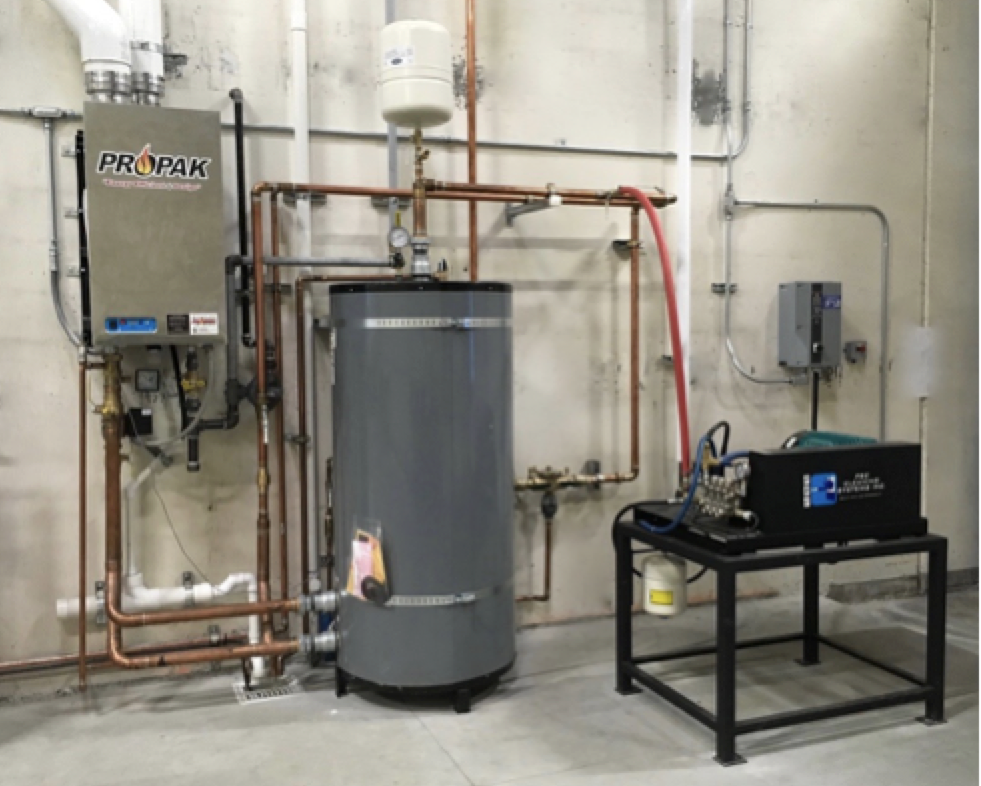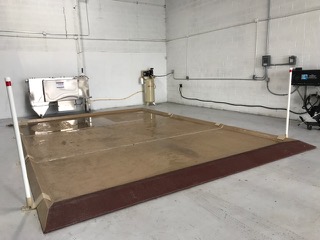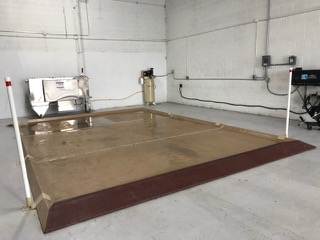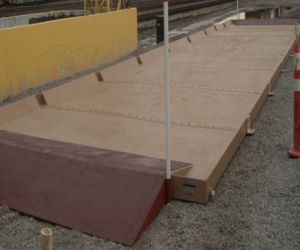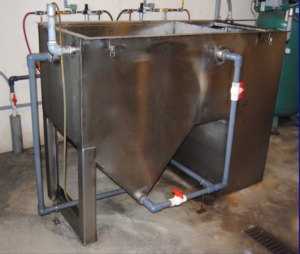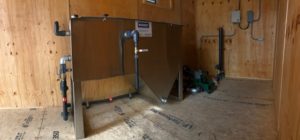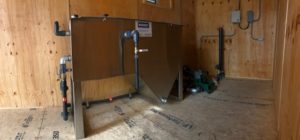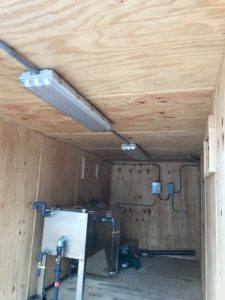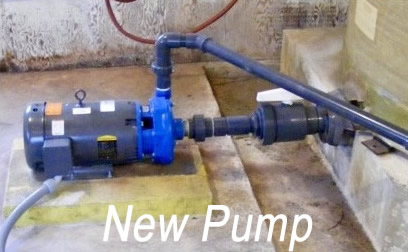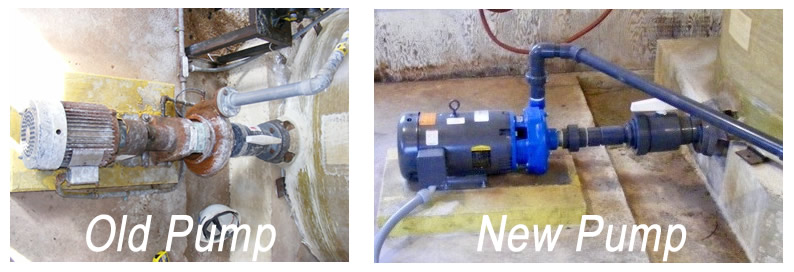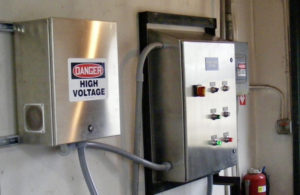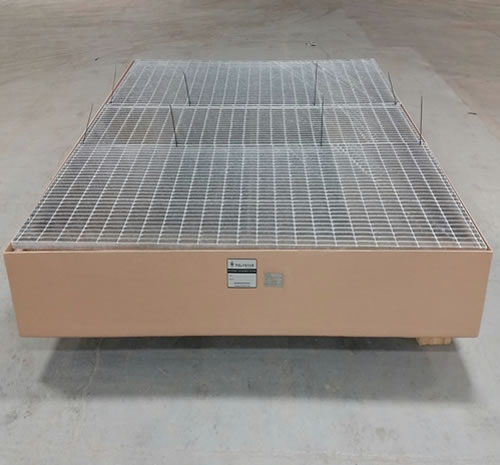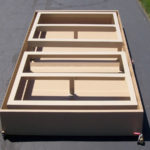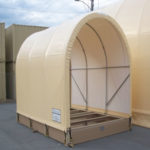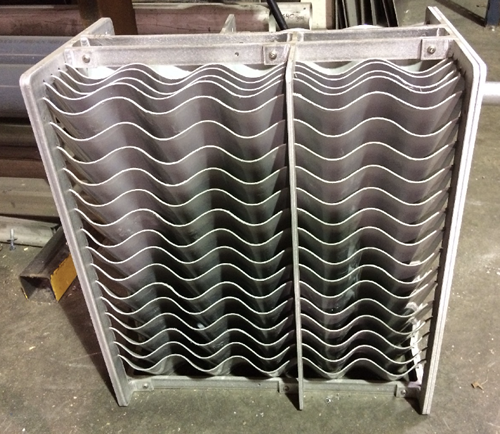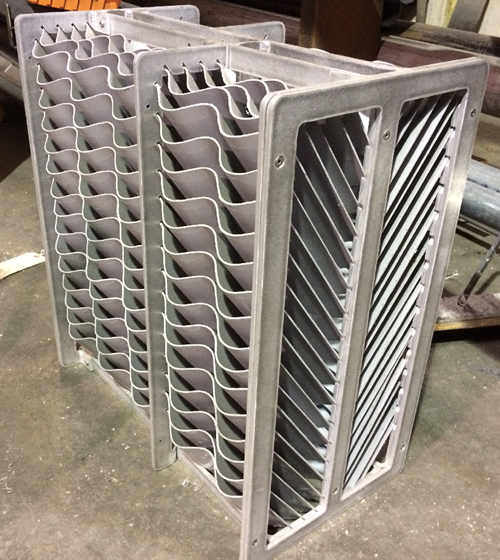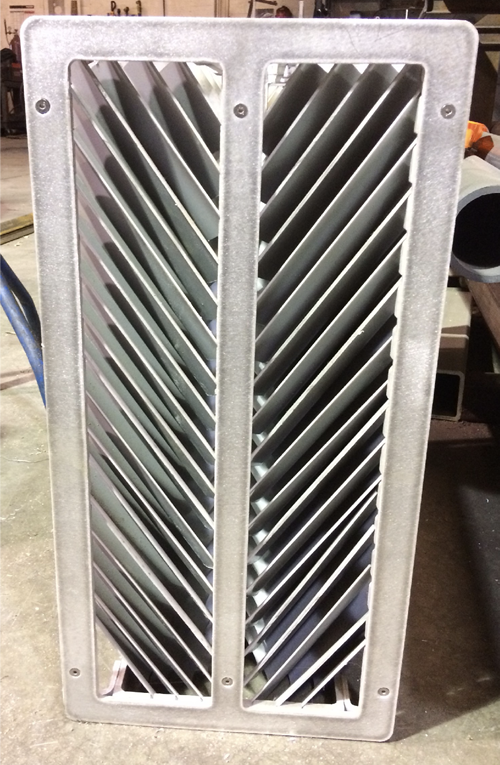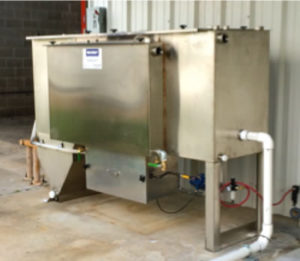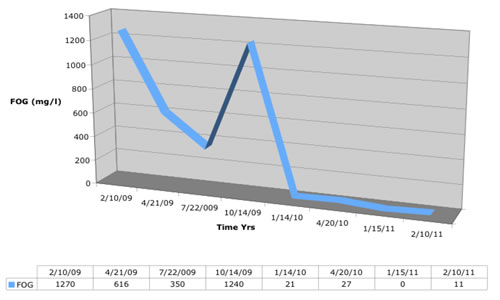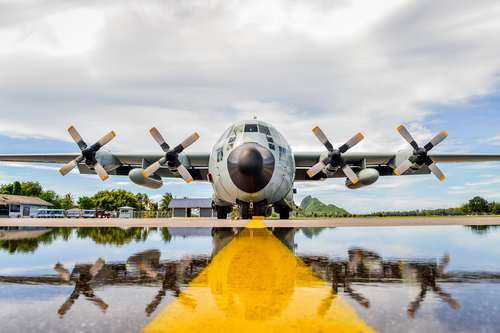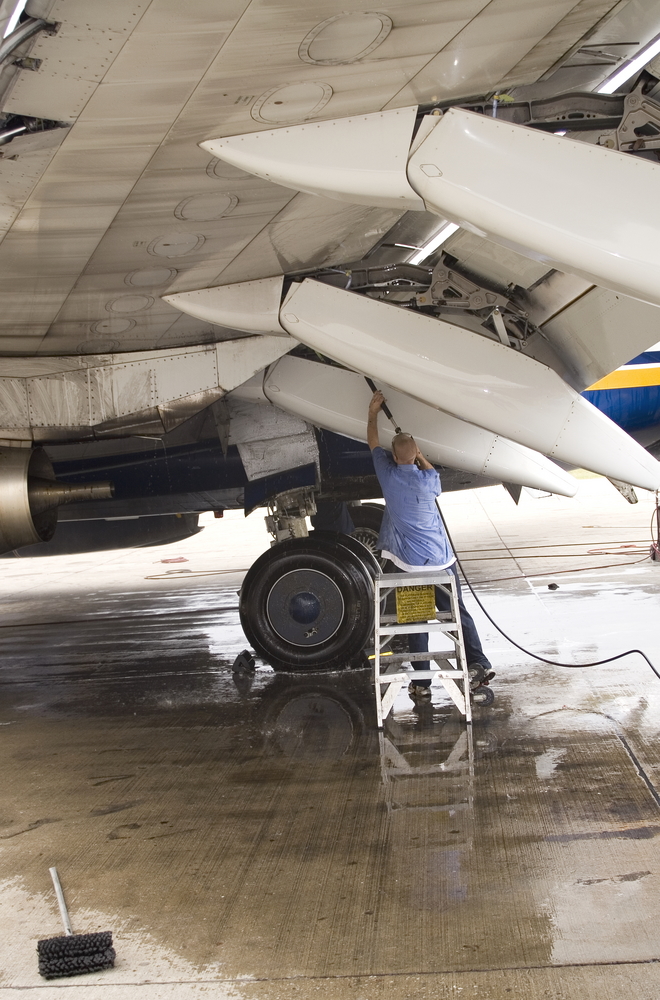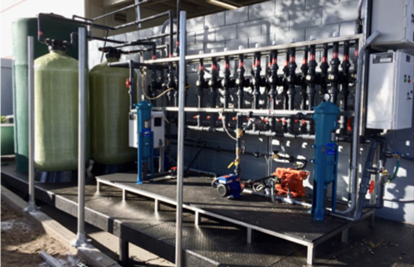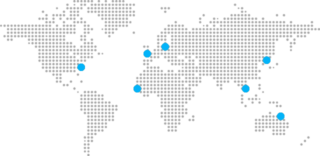Issue: A consulting engineering firm contacted us regarding a wash system for their client that ran numerous grocery distribution centers and warehouses on the West Coast. The FDA Food Safety Modernization Act (FSMA) rule on Sanitary Transportation of Human and Animal Food required their client to wash the interior of every truck entering their facility in order to keep foods safe from contamination during transportation.
They asked if we could help them design a hot water washing system that could handle multiple users at the same time since most of these distribution centers are very large and busy. At any point in time, multiple trucks are being unloaded and loaded as fast as possible.
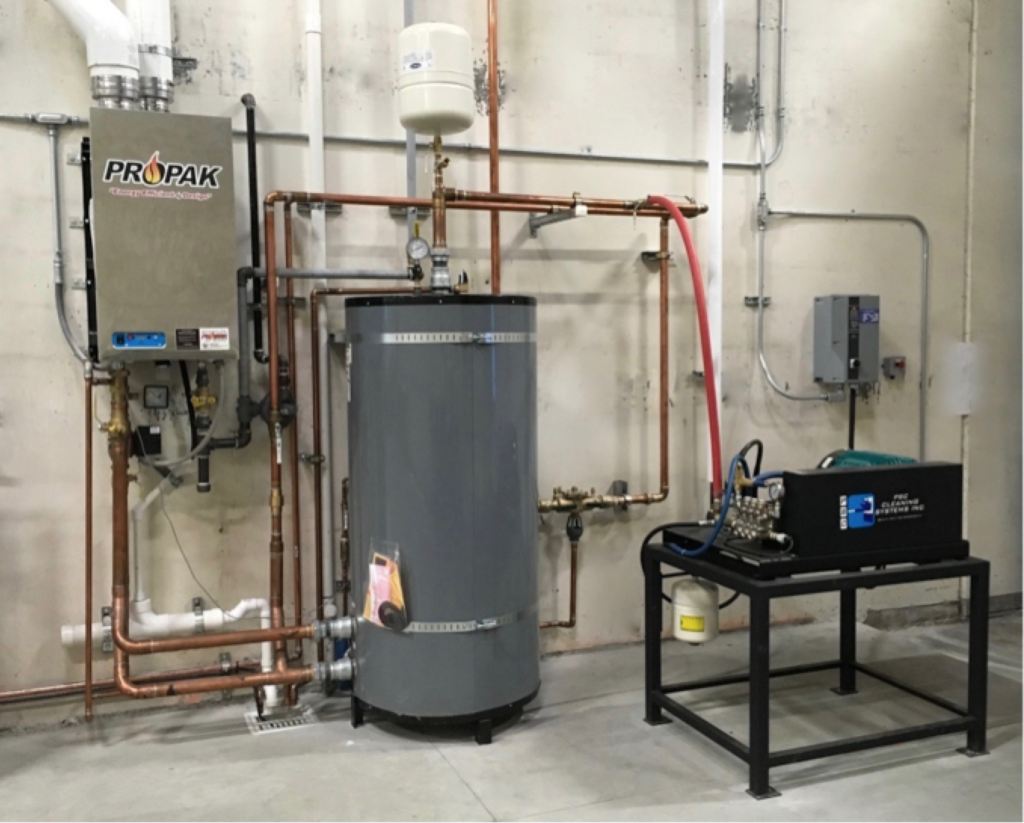
Solution: In response to their request, we worked with the consulting engineers and designed a very effective sanitary washing package that would ensure compliance with the new rule by combining a high-pressure VFD-controlled pumping system with a high efficiency heating system.
For this application requiring 10 stations producing 4 GPM each simultaneously, we provided two 20 gpm @ 1700 psi pressure washing systems with VFDs and high efficiency heaters.
The VFD system offered substantial operational flexibility since the system will only utilize the power (speed of motor and pump) to match the output demands. We designed each 20 gpm system to service up to 5 users at 4 gpm each. If there is only one user on the system, however, the pump will provide only 5 gpm, and the motor/pump will only turn at 1/5” speed to meet that demand. The high efficiency heaters were integrated with the pumping systems to provide the correct temperature water to comply with the FSMA rule.
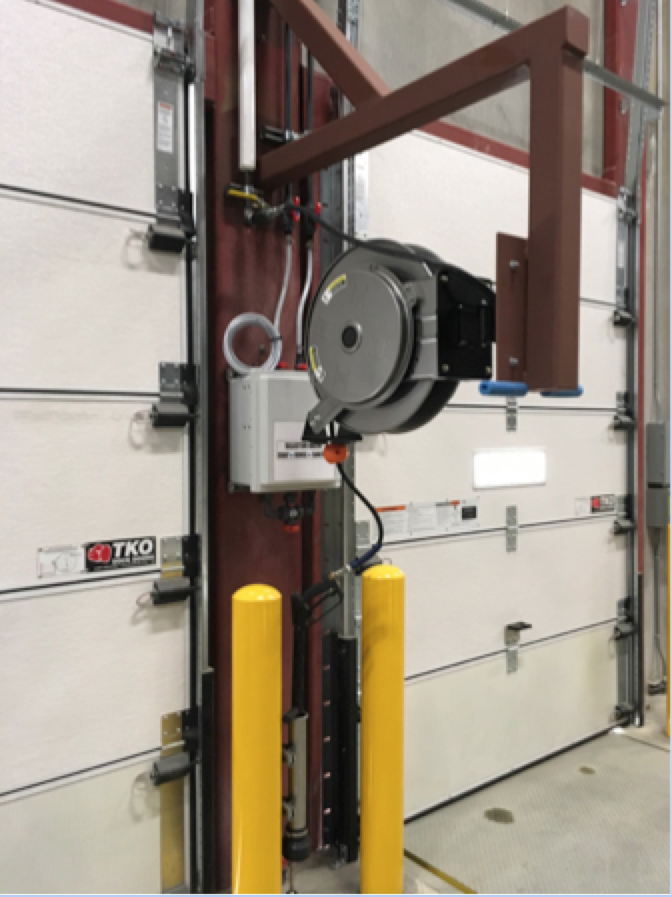
In addition to the pumping and heating systems, we also provided hoses, guns, reels and holders so their client had a complete sanitary washing package. The client liked the system so much, they ordered three more systems for other facilities!
Give us a call at 800-453-8639 for more information!

